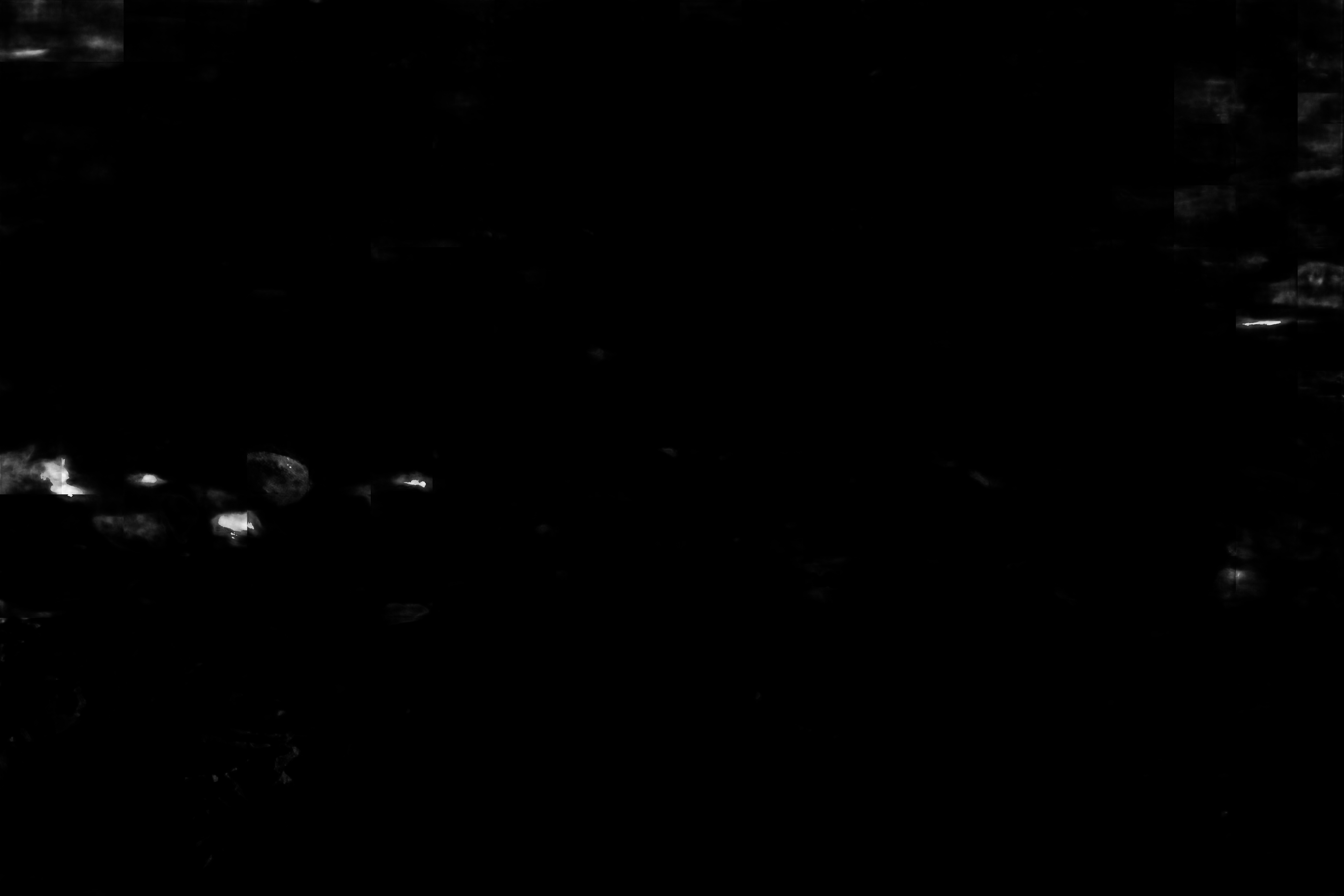ISS057-E-106614
| NASA Photo ID | ISS057-E-106614 |
| Focal Length | 500mm |
| Date taken | 2018.11.30 |
| Time taken | 10:56:14 GMT |
5568 x 3712 pixels 720 x 480 pixels 5568 x 3712 pixels 640 x 427 pixels
Country or Geographic Name: | CHINA |
Features: | GOZHA LAKE, TIBETAN PLATEAU |
| Features Found Using Machine Learning: | |
Cloud Cover Percentage: | 10 (1-10)% |
Sun Elevation Angle: | 2° |
Sun Azimuth: | 239° |
Camera: | Nikon D5 Electronic Still Camera |
Focal Length: | 500mm |
Camera Tilt: | High Oblique |
Format: | 5568E: 5568 x 3712 pixel CMOS sensor, 35.9 x 23.9 mm, total pixels: 21.33 million, Nikon FX format |
Film Exposure: | |
| Additional Information | |
| Width | Height | Annotated | Cropped | Purpose | Links |
|---|---|---|---|---|---|
| 5568 pixels | 3712 pixels | No | No | NASA's Earth Observatory web site | Download Image |
| 720 pixels | 480 pixels | Yes | Yes | NASA's Earth Observatory web site | Download Image |
| 5568 pixels | 3712 pixels | No | No | Download Image | |
| 640 pixels | 427 pixels | No | No | Download Image |
An astronaut on the International Space Station took this oblique photograph of glaciers in the Kunlun Mountains of Central Asia. South of the glaciers lies the partially frozen Gozha Co, one of hundreds of lakes on the Tibetan Plateau. (Note that the astronaut was looking south, so north is on the bottom of this image.)
Long glaciers extend down from the mountain peaks into the valleys, with several ending in rounded or lobe-shaped tongues. The bulbous shape is due to the spreading of ice over a flatter landscape. These glaciers feed melt water into nearby Gozha Co. (Co means lake in the Tibetan language.) Just beyond the glacier tongues, moraine deposits trace out former ice edges.
The Gozha Co basin originated from tectonic activity that formed several east-west trending basins in the region. It later filled with melt water flowing in from the surrounding glaciers and from seasonal snow.
Lakes on the Tibetan Plateau start to freeze between October and December and some stay solid until May. This photo was taken at the beginning of the winter freeze-up, and ice layers on the east (left) side of the lake show different stages of freezing. About two weeks before this photo was shot, ice was absent from the lake. By mid-December, Gohza Co was completely frozen.



